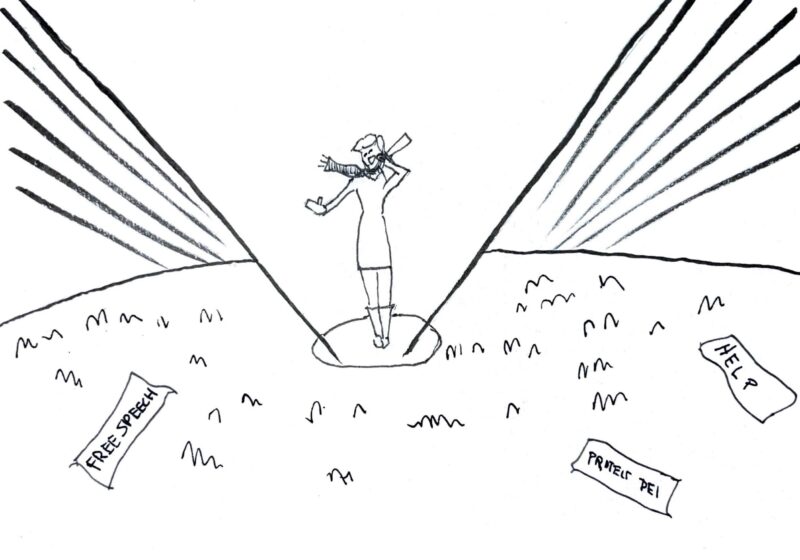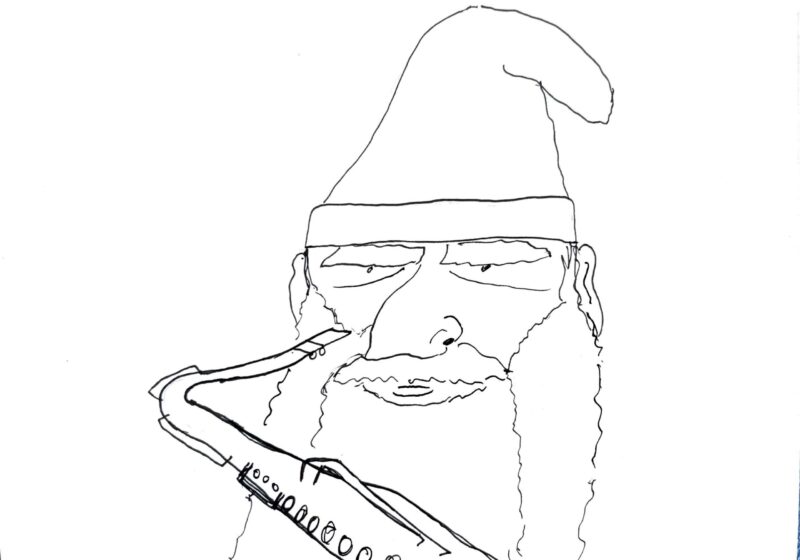UR President Joel Seligman, Mock Trial president and senior Jason Altabet, and legal professionals debated the role of politics in the U.S. Supreme Court at a panel discussion led by distinguished legal scholar Arthur Miller ’56, an NYU Professor who taught law at Harvard University for more than 35 years and whose students include Chief Justice John Roberts and Supreme Court nominee Merrick Garland.
The discussion, a Meliora Weekend event held in Strong Auditorium on Saturday afternoon, centered around the long-unfilled Court vacancy left by Antonin Scalia’s death, for which Garland has been nominated by President Barack Obama, as well as the next president’s ability to shape the Court and the Court’s share in determining policy.
Miller noted that Scalia’s death gave the next president one free justice.
And with three justices around 80 years old, the next president could appoint as many as four justices, if not more, depending on whether they serve one or two terms.
A justice serves, on average, for approximately 26 years on the Court. The effects of a president’s appointments to the Court could last two generations, Miller said.
Panelist U.S. District Judge Lew Kaplan ’66 felt that this was a critical issue for core constituencies, so much so that some Republicans and Democrats were sticking with Trump and Clinton respectively because of the Court and nothing else.
UR associate professor David Primo, another panelist, worried about political ideology’s potential influence on the Court and argued that the Court emphasized Constitutional interpretation over truth.
“It’s not purely political,” Seligman countered, because “there are so many ways in which you’re bound by precedent,” respect for past legislative interpretations enacted by Congress, and professionalism.
Regardless, a president’s ability to shape the Court’s trajectory meets natural limits.
“Presidents have been frustrated time after time after time,” Kaplan said, “when justices who they appointed with a particular set of views in mind” eventually come to views “very different from what they were thought to hold at the time they were appointed.”
The panelists also debated the Court’s role in shaping policy.
Miller proposed that the Court has become a collection of policymakers, often because of a default in the other two branches, starting with the case in which it declared segregation unconstitutional, Brown v. Board of Education.
Seligman argued that this was not new but that increased longevity and political polarization, which complicated the appointment of federal judges, were.
Institute for Justice senior attorney Robert McNamara and communications strategy professional Jennifer Farmer ’99 noted how unprecedented Garland’s delayed appointment was. McNamara said that people have started to feel that Garland deserved this and had been “thrown out to the wolves.”
An audience member later questioned the idea of a lame duck presidency and asked whether the Senate should be reformed so that it would be forced to address such appointments.
Altabet observed that Scalia’s passing was the closest a Court justice had passed near a presidential election since the 1800s. He added that the Court has historically had a varied number of justices.
Assuming a Clinton victory and a Democratic victory in the Senate, Miller said, the current Senate will probably appoint Garland because it’d be the best they could do.




